Architect
Ljudmila Đukić, last edited on 05.06.2023
Name:
Svetlana Kana Radević
Life Dates:
1927 – 2000
Country:
Employers:
Invest-engineering, Podgorica
Private architecture office, Podgorica
Field of expertise:
Architectural design and urban planning
Education:
The Faculty of Architecture at the University of Belgrade (1955-1963)
Awards:
The Republican and Federal “Borba” Prize For Architecture (1968)
The 13th July Award – Montenegrin State Award (1968)
The Liberation of Podgorica Award (1992)
Svetlana Kana Radević was born in Cetinje, Montenegro, in 1937. After finishing primary school in her native town, she moved to Podgorica to attend high school. In 1955 Radević began studying architecture in Yugoslavia’s capital Belgrade. Upon graduation, Radević returned to Podgorica to start her professional career. In the Montenegrin capital, she was employed by the design and planning company Invest-engineering (1963-1974), combining her work at the state institution with running her private design studio.
In the first year of her architectural practice, in 1964, Radević won in a competition for the project for the Hotel “Podgorica”. Her design of the Hotel “Podgorica” represented an unprecedented success. Winning the Republican and Federal “Borba” Prize for Architecture at the age of 31, the most prestigious prize in socialist Yugoslavia, she became the youngest laureate, the only female, and the only Montenegrin architect to win the Federal Borba Prize.
In the same year Radević developed two new facilities in 1968: a Bus Terminal Station in Podgorica and a residential and commercial building in the coastal village of Petrovac. Also, she established a fruitful collaboration with the mountain town of Mojkovac which culminated with the construction of the Hotel “Mojkovac” (1974).
At the beginning of the 1970s, Radević traveled to the USA on a Fulbright scholarship to pursue a master’s degree at the University of Pennsylvania in Louis Kahn’s Class (1972-73). Later, she continued her professional training and engagement in Paris (CSTB), Salzburg, Moscow, and Japan, in the Kishō Kurokawa’s atelier.
Despite her prolonged stays abroad, Radević was constantly present on the Montenegrin and Yugoslav architectural scene by participating in design competitions. In the late 1970s she added to her oeuvre some remarkable works such as the Monument to the Fallen Soldiers of the Lješanska nahija region at Barutana (1976–1980), or the Hotel “Zlatibor” in Užice (Serbia), completed in 1981.
In the late 1980s and the early 1990s, Radević proceeded to design civic spaces such as the Kindergarten at Cetinje (1988) and the Lexicographic Institute in Podgorica (1984–1989). In this period of creative activity, Radević worked with her younger sister, architect Ljiljana Lili Radević, and an example of that cooperation is the Business Centre “Kruševac” (1991) in Podgorica.
Radević was a regular member of the Doclean Academy of Sciences and Arts (DASA) as the first female member in Montenegro, and a foreign member of the Russian Academy of Architecture and Construction Science, elected in 1994, at the same time as Kenzo Tange. She was also the first vice-president of the independent cultural institution Matica Crnogorska, a member of the Montenegrin PEN Centre, and a member of UNESCO (AIA).
Radević’s designs were showcased in the exhibition “Toward a Concrete Utopia: Architecture in Yugoslavia, 1948-1980”, held in New York’s MoMA 2018-2019. In 2021, an exhibition devoted to Kana’s work, curated by Anna Kats and Dijana Vučinić, was on view as a collateral event at the XVII Biennale Architettura in Venice.
,
Andrej Markuš, Radević’s close friend from college days and fellow architect, cooperated and shared experiences with Kana for many decades. His deep respect and admiration for the architect culminated in the publication of a collection of essays in her honor – Kana: Svetlana Radević.
Andrej Markuš wrote following verses about Kana (english translation):
“Beneath the contour lines of Kana’s spiritual opus,
Her only children live – framed, irradiated,
Shaded by lights, returning the glare to the eye,
Though stationary – moving
Along and down, with existing and non-existing shivers
And associations, resembling a human”
Original poem:
“Ispod linija kontura Kaninih duhodjela,
Žive jedina njena djeca – uokvirena, ozračena,
osvjetljenjem zasjenčena, vraćajući odbljesak oku,
iako statična – pokretna
uz nju i niz nju postojećim i nepostojećim žmarcima
i asocijacijama, ličeći na čovjeka.”
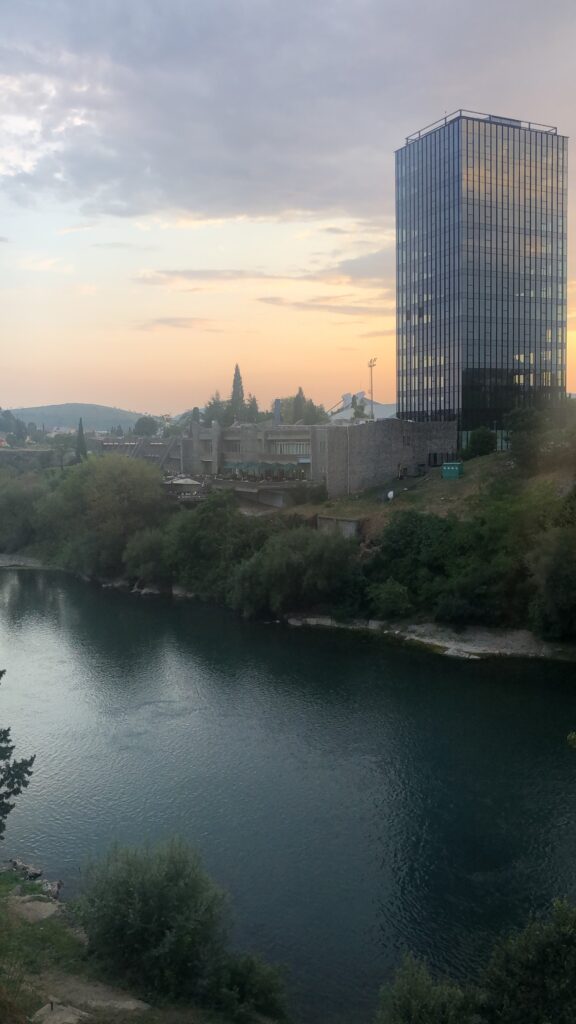
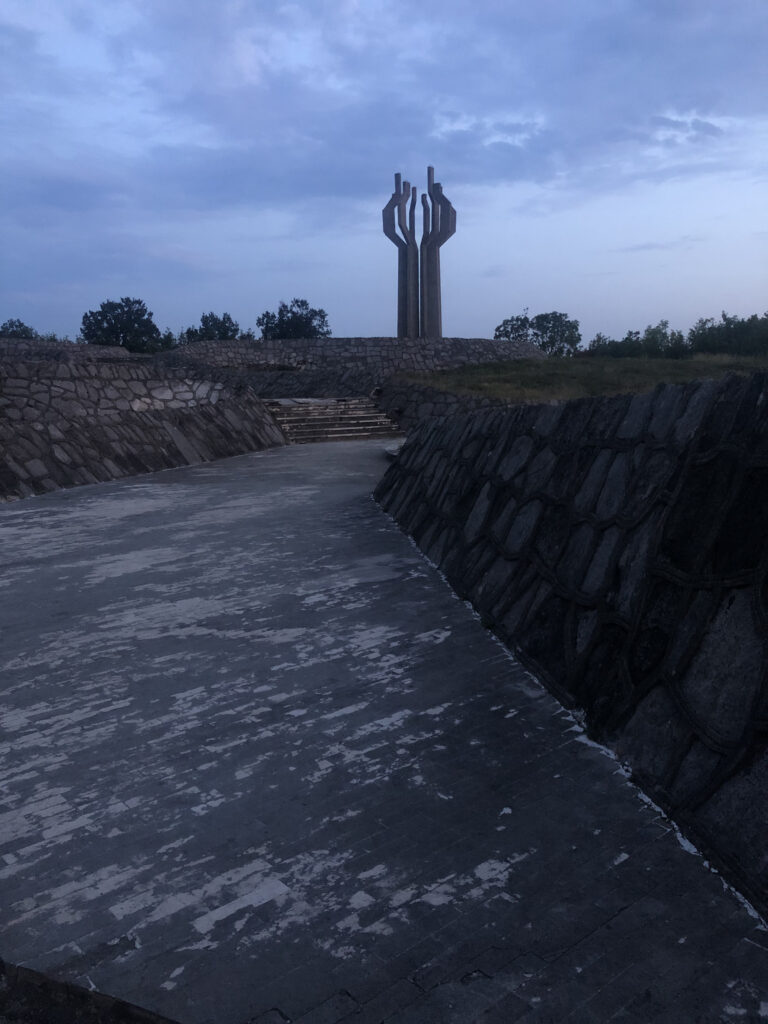
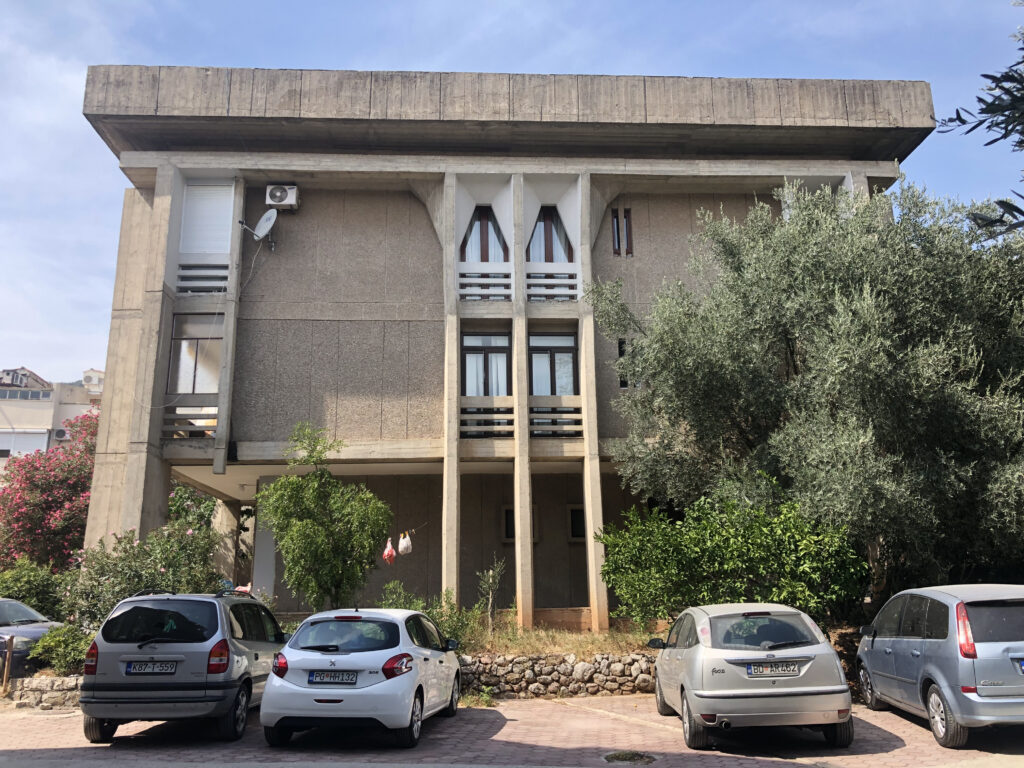
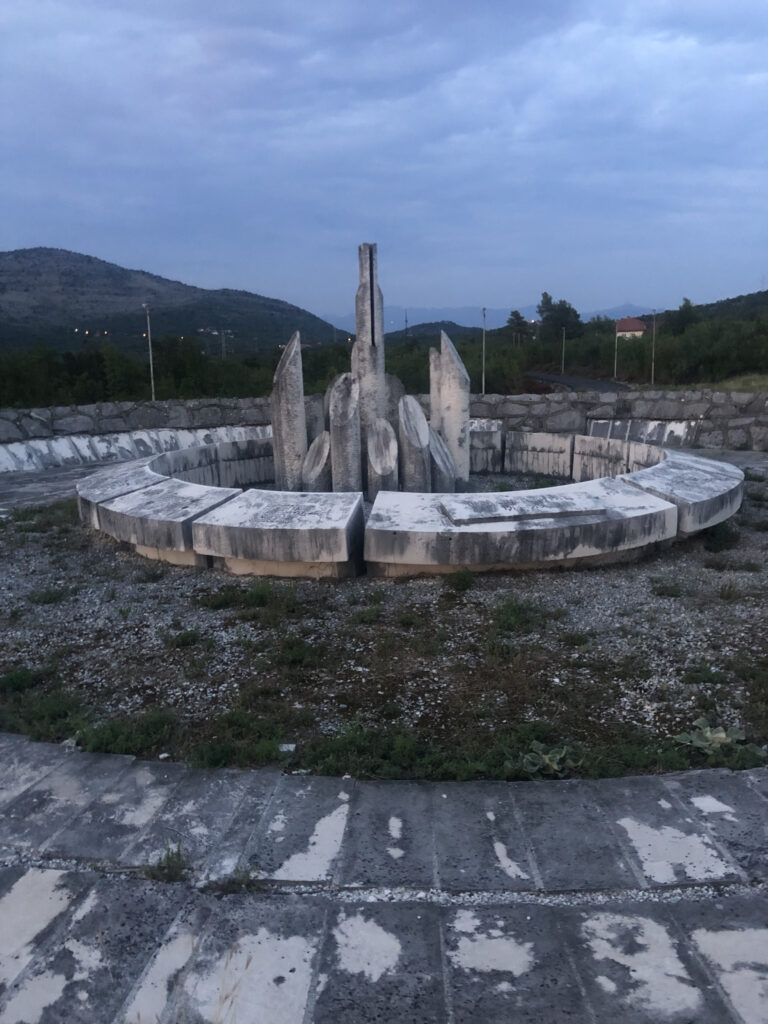
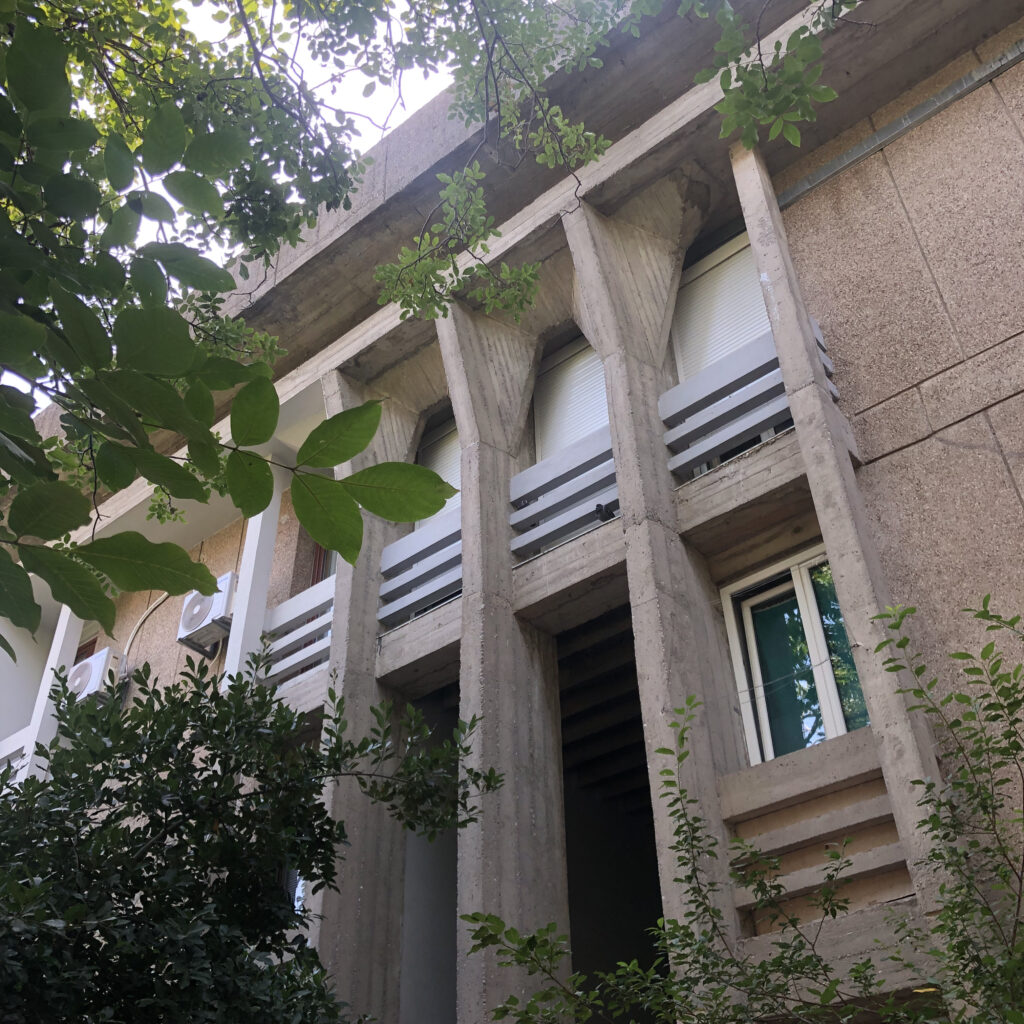
Exhibition “Skirting The Center: Svetlana Kana Radević on the Periphery of Postwar Architecture” at the 17th International Architecture Exhibition – La Biennale di Venezia (2021), curated by Anna Kats and Dijana Vučinić.
Facebook group KANA / ko ako ne arhitekt (Who if not the architect), devoted to the preservation of Kana Radević’s and other historic buildings in Montenegro: https://www.facebook.com/koakonearhitekt
https://kanaradevic.me/ (last accessed on 22.02.2023)
Documentary/Interview with Svetlana Kana Radević “ Život jedini čovjeka” https://www.youtube.com/watch?v=6Q2RJ3ipz58 (last accessed on 22.02.2023)
https://www.bbc.com/serbian/lat/balkan-60074317 (last accessed on 22.02.2023)
http://plavazvijezda.com/dama-koja-je-znala-da-gradi/ (last accessed on 22.02.2023)
https://old.dan.co.me/?nivo=3&rubrika=Kultura&clanak=599935&datum=2017-05-25 (last accessed on 22.02.2023)
https://www.muzejzena.me/leksikon.17.leksikon.html (last accessed on 22.02.2023)
https://www.undp.org/sites/g/files/zskgke326/files/2022-11/%C5%BDene%20Crne%20Gore%20MONOGRAFIJA.pdf (last accessed on 22.02.2023)
Alihodžić, Rifat. Arhitektura u Crnoj Gori 1965-1990. (Kroz prizmu “Borbine” nagrade) (English version Architecture in Montenegro 1965–1990 (Through the prism of „Borba” award). Podgorica: Crnogorska akademija nauka i umjetnosti. 2015. Book available for reading online https://canupub.me/suo6
Alihodžić, Rifat and Slavica Stamatović Vučković. “Svetlana Kana Radević (1937–2000). Jedina žena dobitnica Savezne »Borbine« nagrade. The Only Female Recipient of the Federal »Borba« Award”. 6-17. Piranesi. Autumn 2019 No. 41 Vol. 27.
Alihodžić, Rifat and Slavica Stamatović Vučković. “Svetlana Kana Radević (1937–2000). Vrhunsko djelo iz perioda jugoslovenskog modernizma. An Exceptional Work from the Yugoslav Modernism Period”. 18-32. Piranesi. Autumn 2019 No. 41 Vol. 27.
de la Torre, Lucía, “The prolific life and career of Svetlana Kana Radević, Montenegro’s first female architect,” The Calvert Journal, May 21, 2021: https://www.calvertjournal.com/articles/show/12787/svetlana-kana-radevic-venice-biennale-skirting-the-center-montenegro-architect-women-recollected
Kats, Anna, “Svetlana Kana Radević (1937-2000),” The Architectural Review, 13 March 2020: https://www.architectural-review.com/essays/reputations/svetlana-kana-radevic-1937-2000
Markuš, Andrej. Kana: Svetlana Radević, Podgorica: Arhitektonski forum. 2017.
Stamatović Vučković, Slavica. “Spomenik na Barutani” in Spomenici II svjetskog rata u Crnoj Gori, 17 – 22. Kotor: EXPEDITIO Centar za održivi prostorni razvoj. 2020.
Documentary/Interview with Svetlana Kana Radević “ Život jedini čovjeka”: https://www.youtube.com/watch?v=6Q2RJ3ipz58 (last accessed on 22.02.2023)
Main image: https://commons.m.wikimedia.org/wiki/File:Svetlana_Kana_Radevi%C4%87_2021_stamp_of_Montenegro.jpg# Image in public domain. (last accessed on 10.03.2023)#
Figs. 1-5: Photographs by Anna Kats, courtesy of the author.
We assume that all images used here are in public domain. If we mistakenly use an image under copyright then please contact us at info@womenbuildingsocialism.org or here.